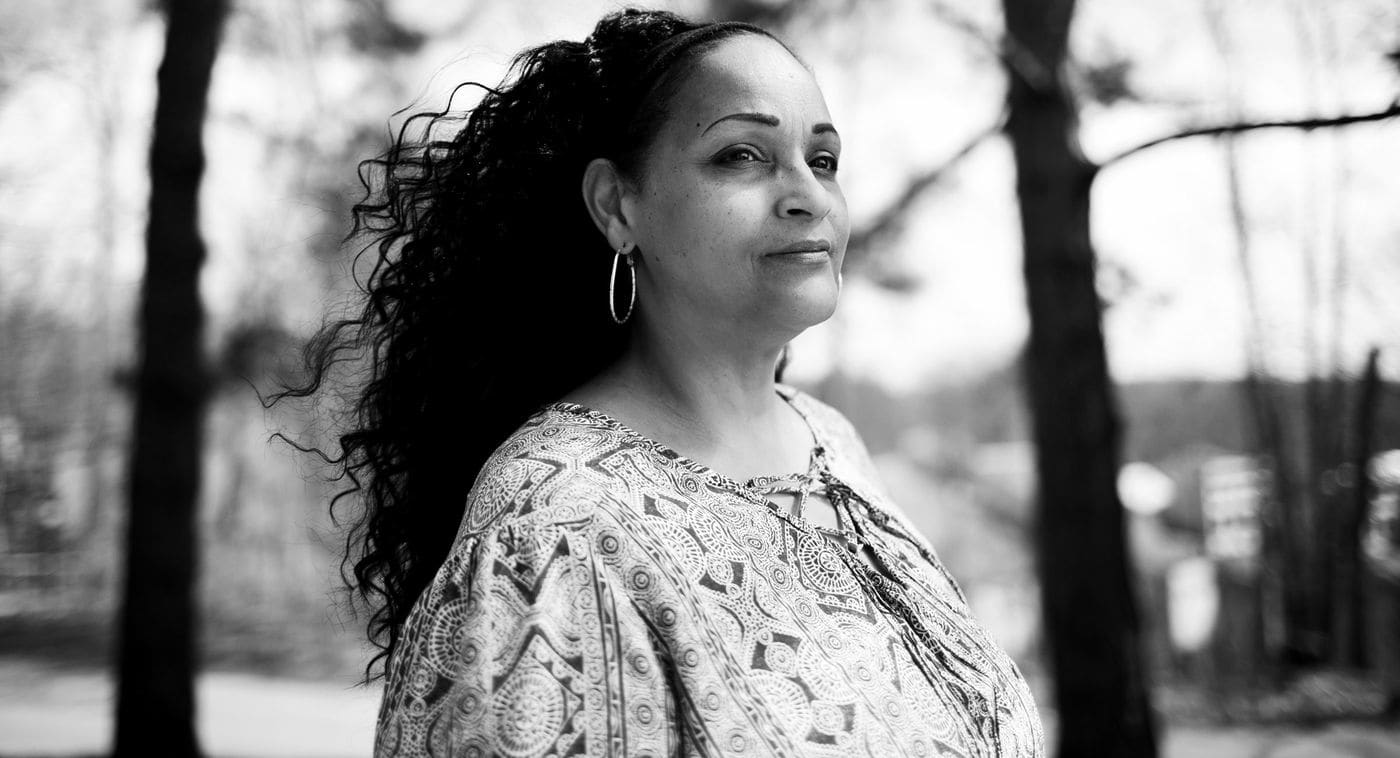Sixteen-year-old Robert Cantu was walking with a group of friends on a Friday night when a pick-up truck with four white teenagers pulled up in front of him.
“We’re going fishing tonight, grab the n——!” they yelled from the truck to the group, which included black teenagers.
Cantu’s friends took off running. He froze.
“Get the f—–g Mexican,” the teenagers screamed at Cantu, who is Latino, as they hopped out of the car and pushed him to the ground.
Forcing a noose around his neck, they dragged him down the street, hurling racial slurs and threatening to hang him.
When two bystanders saw what was happening, they rushed to his defense.
The teenagers from the truck took off.
That was in May 2008. In July 2009, Dale Klein, who was by then 18, was the only person identified and charged with ethnic intimidation. He pleaded no contest and was sentenced to 10 days in jail with a $100 fine. The other boys who attacked Cantu were never identified.

Farm land in Knox County, Ohio. (Maddie McGarvey for The Lily)
The incident took place in Mount Vernon, Ohio, a town about an hour northeast of the state capital, Columbus. Mount Vernon is part of Knox County, a county with just under 61,000 residents, 97 percent of whom identify as white.
Mount Vernon has a complicated history that spills over to today. To this day, the city celebrates Mount Vernon resident Daniel Decatur Emmett who wrote and starred in the first ever full-length minstrel show in 1843, where a troupe of white performers performed in blackface at the Chatham Theatre in New York City.
There’s a music and crafts festival every year in his honor. The Knox County Historical Society hands out coloring books depicting Emmett’s minstrel show. And Dan Emmett Elementary School is named after him, as are streets in the area.
Growing up in Knox County, 48-year-old Tamara Parson and her family were one of the few black families in the area. Her mom’s side of the family settled in the area in the late 1890s.
She often felt that her existence as a black woman growing up here was invalidated. In fourth grade, she was kicked out of Dan Emmett Elementary for questioning a teacher’s black history knowledge. In high school she would only swim at Hiawatha Water Park — the community pool — on specific days. It was an unspoken rule, she says, that people of color only frequent the pool at certain times.
And today, she finds that fellow Knox County residents who don’t know of her or her work in the community assume she must be affiliated with nearby Kenyon College.

Tamara Parson founded the Diversity Coalition a decade ago in an effort to spark discussion between different communities. (Maddie McGarvey for The Lily)
When the verdict on Cantu’s case was released, Parson was disgusted that his punishment didn’t go further.
“I was furious,” she says with a heavy sigh, tears forming in her eyes. “I began calling any news outlet that would listen. It blew up.”
Amid the media attention, she realized there was a genuine thirst to have thoughtful conversations about race and racism. She leaned into the opportunity, planning a Vigil for Justice with the help of the New Directions Domestic Abuse Shelter and Rape Crisis Center for women and the Knox County Democratic Women.
At the time, Parson worked at the women’s shelter and was part of the Knox County Democratic Women group. Both organizations were looking to be active participants in conversations about race and equity and saw the vigil as an opportunity to do so.
Busloads of people showed up from different parts of Ohio for the vigil. The support was overwhelming and unexpected.
“I felt like this was the start of something and thought: Where can we go from here?’ ” Parson says.
Read the full article here.


 Brittany King
Brittany King
